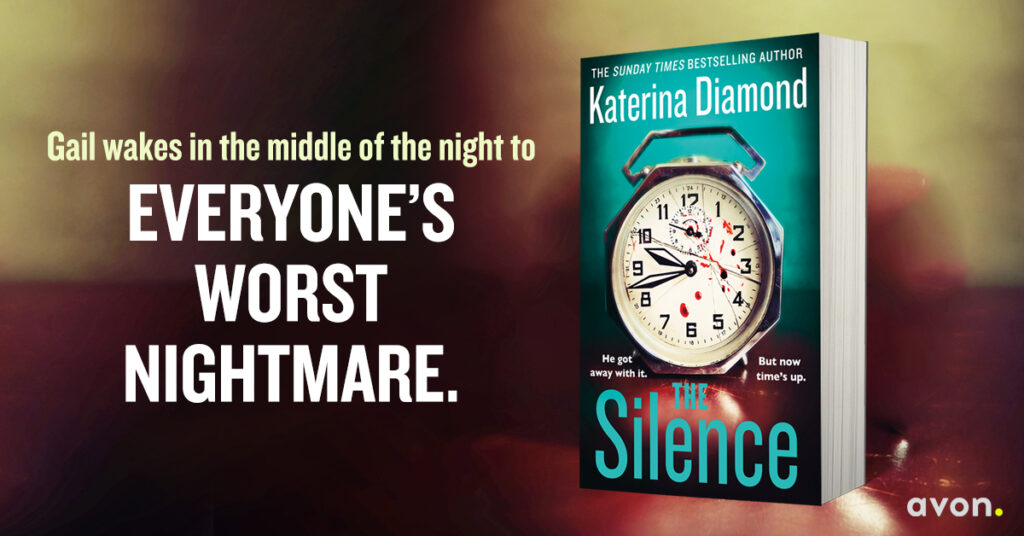SPOILER ALERT!
Read The Manhattan Girls before enjoying the below epilogue.
A sweeping tale of love, loss and the everlasting bonds of friendship set in the 1920’s, Gill Paul’s latest novel is available now in paperback, ebook and audio.
Jane Grant and Harold Ross divorced in 1929, confounding their friends, who had been sure they would get back together. She remarried in 1939 to William B. Harris, the editor of Fortune magazine, but remained involved in the running of The New Yorker, producing an overseas edition for the Armed Forces during the Second World War. She was a founding member of the New York Newspaper Women’s Club in 1924, and wrote for several magazines and papers throughout her long career. In 1968 she published a memoir entitled Ross, The New Yorker and Me about her first marriage and the struggle to start the magazine in the 1920s. In the 1950s she and her second husband moved to a farm in Connecticut, where they ran a successful mail-order business for home gardeners.
Dorothy Parker moved to Hollywood and began a screenwriting career in the 1930s, getting Academy Award nominations for A Star Is Born (1937) and Smash-Up: The Story of a Woman (1947). She became increasingly involved in left-wing political causes, which led to her being blacklisted during the McCarthy era. In 1933 she married Alan Campbell, a bisexual actor, with whom she worked on a number of films. They divorced in 1947, got back together in 1950, then separated again in 1952, partly because of her addiction to alcohol. They remained married and continued to work together until 1963, when he died of a drug overdose. Dottie moved into a residential hotel in New York and lived there till the age of seventy-three, still writing and sometimes participating in radio programs. On her death, she left her estate to Martin Luther King Jr.
Winifred Lenihan didn’t give up acting entirely but she focused more on teaching and directing after Saint Joan. In the 1930s she directed a series of Booth Tarkington sketches for radio, sponsored by the Great Atlantic and Pacific Tea Company. She believed that actors shouldn’t sit still at the microphone but encouraged them to move around, making them sound more naturalistic—a technique that is used to this day. While working on these radio sketches she fell in love with Frank Walker Wheeler, vice president of the tea company, a divorcé with three children. They married in 1934 but only had seven years together before his premature death. Winifred never remarried, but continued to work. She made her only screen appearance in 1949 in a film called Jigsaw and served for many years on the council of the Actors’ Equity Association. Her run-in with Arnold Rothstein, her relationship with Eva Le Gallienne, and her bisexuality were my invention.
Margaret (Peggy) Leech married Ralph Pulitzer in 1928, the same year that her third novel, The Feathered Nest, was published, and a year after she co-wrote a biography of Frank Comstock with Heywood Broun. She decided she preferred writing history to fiction and in 1942, she became the first woman to win the Pulitzer Prize for History for her book Reveille in Washington, about Rose Greenhow, the American Civil War spy. In 1960, she won another Pulitzer for In the Days of McKinley. Upon her marriage she became stepmother to Ralph’s two sons from his first marriage, and she and Ralph also had two daughters together, but sadly the eldest died of poliomyelitis before her first birthday. Peggy was survived by two grandchildren, Kate and Nathaniel Freedberg.
Other Algonquin Habitués
Alec Woollcott wrote a column for The New Yorker from 1929 to 1934. He also wrote plays, film scripts, and books. He never married, and died in 1943, at the age of fifty-six, after writing a note to fellow participants during a live radio broadcast that read “I am sick.”
Harold Ross remained editor of The New Yorker until his death in 1951. He married twice more after Jane, but both marriages failed because of his obsession with the magazine.
Bob Benchley became a regular contributor to The New Yorker, as well as a screenplay writer and an actor, appearing in Hitchcock’s film Foreign Correspondent in 1940. He had been teetotal at the start of Prohibition, but once he started drinking he got too much of a taste for booze and died of cirrhosis of the liver in 1945.
Edna Ferber was the author of thirteen novels, including Showboat, which became a successful Broadway musical; Cimarron, the film of which won a Best Picture Oscar; and Giant, which starred James Dean in the film version. She also wrote eight plays and a number of short story collections, plus two autobiographies. She was never publicly known to have had a romantic relationship.
Charlie MacArthur wrote a number of successful plays and screenplays, winning an Oscar for The Scoundrel in 1936. He stayed married to Helen Hayes until his death in 1956.
Helen Hayes was a hugely successful actress, who won an Emmy, a Grammy, an Oscar, and a Tony in a career that spanned eighty years. She was also a significant philanthropist, who supported a rehabilitation hospital that took her name, and several acting charities.
Frank Case bought the Algonquin for a million dollars in 1927 and remained the owner and manager till his death in 1946. He wrote several books about his experiences with the Round Tablers
Bootleggers
Arnold Rothstein was shot and killed in November 1928 over a gambling debt. His crime empire was split between his former associates.
Legs Diamond survived several assassination attempts before he was murdered while in bed in a rooming house in Albany, New York, in 1931. There were many suspects but the killer was never identified.
Larry Fay was shot and killed at a New Year’s Eve party in 1932 by the doorman of a nightclub he co-owned.
Extras
Edwin “Eddie” Pond Parker died in 1933, possibly from an opioid overdose following some dental work.
Neysa McMein continued as a popular magazine illustrator until the late 1930s, when colour photography took over. Her marriage to Jack Baragwanath lasted till her death, although both had affairs.
Jack Baragwanath wrote an autobiography in 1962 entitled A Good Time Was Had. Every summer he held something called “Freedom Week” at the Sands Point home he shared with Neysa McMein, when he and his male friends entertained groups of women and she stayed away.
Tony Soma thrived after the end of Prohibition, opening a legitimate restaurant called Tony’s Wife, and a popular cabaret.
Hawley Truax became a chairman of The New Yorker, and he was also known as a poet and philosopher, and as a gentleman with impeccable manners.
Carr Van Anda was managing editor at the New York Times from 1904 to 1932, and achieved many major scoops, from the sinking of the Titanic to the discovery of Tutankhamun’s tomb. He was a “‘journalist’s journalist” who advanced the careers of many, including Jane Grant.
Herbert Swope, editor at the New York World, rented a house on Manhasset Bay from 1919 but did not buy his Land’s End mansion till 1928, so claims that Daisy Buchanan’s house in The Great Gatsby was based on it are false (Gatsby was published in 1925). I have manipulated the timeline to have Dottie and Eddie visit there in 1923.
Alvan Barach made several important discoveries in the treatment of pulmonary disorders, such as emphysema and pneumonia. He was an advocate of physical exercise, and, more controversially, claimed that smoking wasn’t bad for you if you didn’t inhale. He practiced psychoanalysis as a sideline.
Elinor Wylie was known as much for the scandals in her personal life as for her poetry. In the last eight years of her life she published four anthologies of poetry and four novels.
Eva Le Gallienne ran the Civic Repertory Theater Company from 1926 to 1936, producing thirty-seven plays in New York’s Fourteenth Street Theatre. She had relationships with several prominent lesbians of the time, including Tallulah Bankhead and Mercedes de Acosta.
Raoul Fleischmann poured more than $700,000 into The New Yorker before it turned a profit and he later admitted he didn’t think they would make a go of it. His relations with Harold Ross could be volatile but he remained the magazine’s publisher until his death in 1969.
Tommy Smith became editor-in-chief at Boni & Liveright publishers in 1919 and shaped its editorial policy over the next decades. The firm went into insolvency in 1933 but Tommy stayed with the reformed company, the Liveright Publishing Corporation.
Seward Collins used his family money to open the American Review Bookshop and publish two literary journals, The Bookman and The American Review. He married a woman who was a psychic medium and became involved in that milieu during the 1930s.
Ralph Pulitzer was publisher of the New York World until 1931, then vice president of the Pulitzer Publishing Company. He died in 1939 during an abdominal operation and was survived by his widow, Peggy Leech; his sons, Ralph and Seward; and his daughter, Susan. Peggy continued to live in his Fifth Avenue home for the rest of her life.
The Manhattan Girls by Gill Paul is out now in paperback, ebook and audiobook.



